I am in need of some inspiration for SQL design thinking, I have just started to learn SQL. My knowledge is very limited, so please bear with me..
I have a Quiz application, and in SQL, I have a whole row, corresponding with each Quiz questions and answers. It is very basic, and not designed very well. But here goes.
Like so..
My requirement is to give the users the ability to add a question at any point in the quiz list..So for instance, if a user would like to Add a new question at number 2, the user would be able to click the Add question at position 2, which would add a new record into the database and refresh the page to see that the questions have re-ordered and numbered..
My application pulls back the data based on Category.. So for instance if a user wants to view the History category in my application. They click a button and they are presented with the list of titles, and the below buttons..
As you can see.. My table is just not geared up for this.. Can anybody give me some tips, on how i could achieve this within the DB.
Many thanks.

